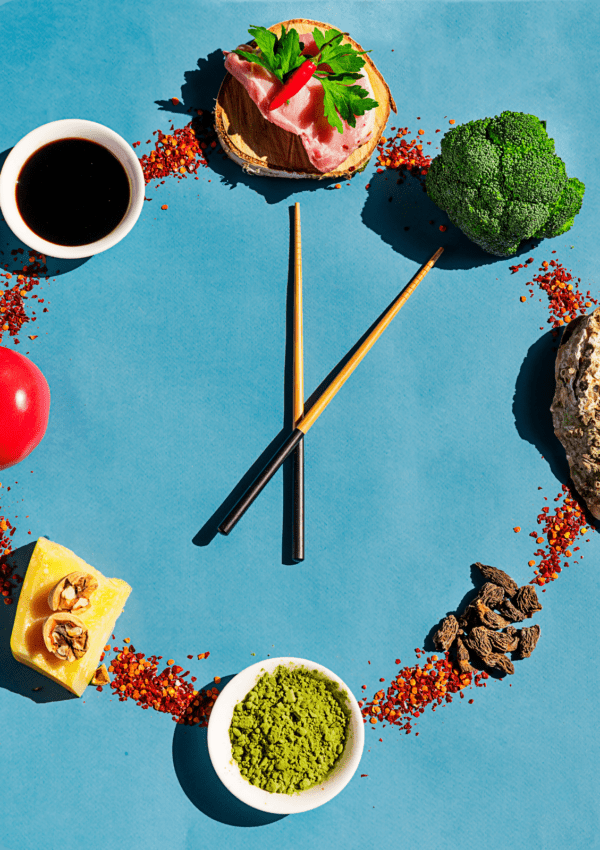If you ever wished you had a step-by-step guide on reviving a rusty cast iron skillet – look no further! Cast Iron is known for its durability, but even the best-maintained skillets can fall victim to rust if neglected or exposed to moisture. Let’s dive into the best way to revive a cast iron skillet PLUS how to maintain its good condition afterward.
This post contains affiliate links, which means I’ll receive a commission if you purchase through my link, at no extra cost to you. Please read the full disclosure here.
Cast iron is a classic. Many people I know still use the cast iron skillet that their grandmother used. That goes to show you how long these kitchen staples can last when cared for properly. They can be passed down from generation to generation and still work the same each time. In today’s society of cheap materials, expensive price tags, and short product lifespans, cast iron continues to be a household staple while being affordable and long-lasting.
If you have your grandmother’s cast iron that has been neglected for a while (it may even look like it’s to the point of no return), the good news is that a rusty cast iron skillet can often be brought back to life with a little time and effort.
In this blog post, we’ll delve into how to revive your rusty cast iron skillet step-by-step. I promise you it will look brand new once you complete these steps.
Since you’re here, I’d like to quickly remind you that I have an entire line of salt & sugar-free seasonings that will change your cooking game. Check out the entire line here!
This post is all about Reviving a Rusty Cast Iron Skillet.
What You’ll Need
- Rusty Cast Iron Skillet
- Steel Wool or Fine-Grit Sandpaper
- Dish Soap (optional)
- White Vinegar
- Baking Soda
- Water
- Paper Towels or Clean Cloth
- Vegetable Oil
- Oven
Step-By-Step Revival Guide
Step 1: Safety First
Before you begin, ensure you have proper ventilation because some of the steps involve the use of vinegar, which can produce strong fumes. You may also want to wear gloves to protect your hands during the process.
Step 2: Assess the Damage
Examine your rusty cast iron skillet to gauge the extent of the rust. If it’s a minor case with only a few spots, you might be able to salvage it more easily. However, for severely rusted skillets, you might need to invest more time and effort.
Step 3: Remove Loose Rust
Using steel wool or fine-grit sandpaper, gently scrub away the loose rust and any remaining food particles. Be careful not to damage the cast iron surface underneath. This step is crucial for preparing the skillet for further treatment.
Step 4: Wash with Dish Soap (Optional)
If you’re dealing with heavy rust or the skillet has been neglected for a long time, you can wash it with warm, soapy water. Use a mild dish soap (like Dawn) and a soft brush or sponge to remove any remaining rust or debris. Rinse thoroughly and dry it immediately to prevent further rusting.
Step 5: Vinegar Bath
For stubborn rust, create a vinegar bath by mixing equal parts of white vinegar and water in a container large enough to submerge your skillet. Place the rusty skillet in the solution, ensuring the mixture fully covers it. Let it soak for at least a few hours or, ideally, overnight.
Step 6: Scrub Again
After soaking, remove the skillet from the vinegar bath and scrub it with steel wool or fine-grit sandpaper again. This should help dislodge the remaining rust and reveal more of the cast iron surface.
Step 7: Baking Soda Paste
Create a paste by mixing baking soda and water until you have a thick, spreadable consistency. Apply this paste to any remaining rust spots and scrub gently with a cloth or sponge. Baking soda acts as a mild abrasive to help remove rust.
Step 8: Rinse and Dry Thoroughly
Rinse the skillet with water to remove the baking soda paste and any loosened rust particles. Dry it completely using paper towels or a clean cloth. It’s crucial to ensure there’s no moisture left on the skillet to prevent future rusting.
Step 9: Re-season the Skillet
Now that your skillet is rust-free, it’s time to re-season it to restore its non-stick properties and protect it from future rust. Rub the entire surface, inside and out, with a thin layer of vegetable oil.
Step 10: Bake for Re-Seasoning
Preheat your oven to 350°F (175°C) and place your cleaned and oiled skillet upside down in the oven. This allows any excess oil to drip away. Bake the skillet for about an hour, then turn off the oven and let it cool inside.
Step 11: Store Properly
Once your skillet has cooled, store it in a dry place. To prevent moisture from accumulating, you can place a paper towel or coffee filter inside it.
By following these steps, you can breathe new life into a rusty cast iron skillet and enjoy it again. With proper care, your cast iron skillet will continue to serve you for generations to come!
Now What?
Once you have fully revived your cast iron skillet, the next step is educating yourself on the best way to maintain its condition. After all that work you did to revive it, I’m sure you want to make sure you never have to revive it again.
Lucky for you, I have a “How To Care For Cast Iron Skillet” Guide with everything you need to know to keep all your cast iron products in the best condition possible. Once you get in the habit of proper care, it will soon become second nature.
Click here to read the full cast iron care guide!
You May Also Like
If you like these tips, I have a ton of others! Check out these blog posts for all the kitchen tips & tricks:
- Grocery Shopping On A Budget
- Meal Prep Essentials
- Meal Prep Tips
- How To Care For Cast Iron Skillet | A Comprehensive Cast Iron Guide
OR click here for the entire “In The Kitchen” Category!
Cast Iron Recommendations
You can find cast iron skillets in a variety of shapes and sizes these days. The different options also create a beautiful presentation during serving (have you ever had a dessert in a mini-cast iron skillet?!). I recommend that everyone have at least one large multi-use cast iron skillet, then decide later if you would like to add to the collection. Here are some options that I recommend:
- Classic 10.25 inch Cast Iron
- Multi-purpose 17 inch 2 Handle Cast Iron Skillet
- Mini Cast Iron Ramekins
- Mini Cast Iron Skillet
- 5 Quart Cast Iron Dutch Oven
- 2 Quart Cast Iron Sauce Pan
I hope you found these tips helpful! Cast iron is such a charming and classic tool to have in your kitchen tool belt. I hope you embrace the charm and appreciate the durability of these irreplaceable kitchen tools.
This post was all about Reviving a Rusty Cast Iron Skillet.
Did you try these tips? Make sure to tag me @thespicegirlkitchen_ on Instagram or @thespicegirlkitchen on TikTok! I love seeing you CRUSH IT! I will be your ultimate hype woman!
Want to learn more about Kelsey? Click here to read her story!







